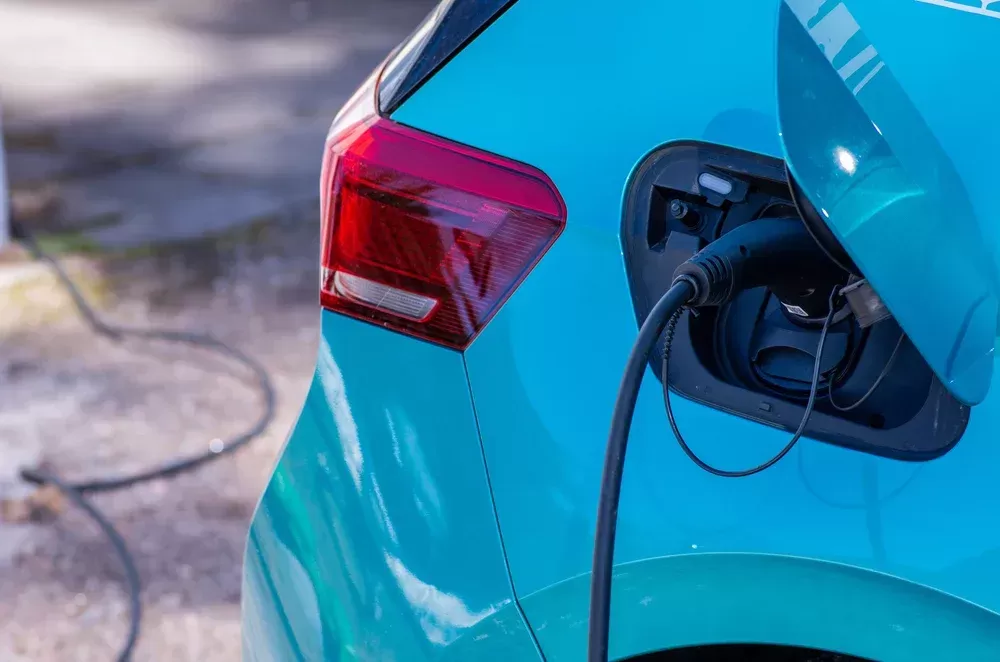Notifications

8 minutes, 7 seconds
-20 Views 0 Comments 0 Likes 0 Reviews

Understanding Level 2 EV Charging: Speed, Efficiency, and More
As electric vehicles (EVs) become more mainstream, the demand for reliable and efficient charging solutions grows. Among the various charging options, Level 2 China EV Chargers stand out due to their balance of speed and convenience. But how fast is a Level 2 charger, and what factors affect its performance?
Level 2 chargers typically deliver between 3 kW and 19.2 kW in the United States and can go up to 22 kW in Europe, providing between 10 and 75 miles (16–120 km) of range per hour. However, the actual charging speed varies depending on factors such as the charger’s output, the vehicle’s onboard charger capacity, and battery size. While Level 2 is much faster than Level 1 charging, it still doesn’t match the speed of Level 3 DC fast charging.
This article will cover:
Key factors influencing Level 2 charging speed
How different EV models affect charging times
Tethered vs. untethered Level 2 chargers
Connector types and compatibility
A comparison of Level 2 with other charging levels
By the end, you’ll have a clear understanding of what to expect from Level 2 charging and how to optimize its efficiency.
Several elements play a role in determining how quickly a Level 2 charger can charge your EV:
Power Output of the Charger
Level 2 chargers vary in power output, ranging from 3.3 kW to 22 kW. The higher the power, the faster the charge.
Home Chargers: Typically deliver 7.2 kW to 11.5 kW, adding 20–40 miles per hour of charging.
Public/Commercial Chargers: Can reach 19.2 kW (in North America) or 22 kW (in Europe), adding up to 75 miles per hour of charge.
However, your vehicle’s onboard charger may limit the speed. For instance, if your car’s onboard charger maxes out at 7.2 kW, using a 19.2 kW station won’t make it charge faster.
Electric Vehicle Battery Capacity
A larger battery takes longer to charge, even with a high-power Level 2 charger.
A 40 kWh battery (e.g., Nissan Leaf) may take 5–6 hours to fully charge at 7.2 kW.
A 100 kWh battery (e.g., Tesla Model S) could take 12+ hours under the same charging conditions.
Onboard Charger Limitations
Every EV has an onboard charger (OBC) that converts AC power to DC to store in the battery. If the OBC has a lower capacity than the charging station’s output, it becomes the limiting factor.
Example: A Porsche Taycan with an 11 kW or 19.2 kW OBC will charge faster than a Chevy Bolt, which has a max OBC of 7.2 kW.
Charging Equipment Quality
The quality of the charging cables, connectors, and power delivery equipment can influence charging speed. Well-maintained, high-quality equipment ensures the optimal performance of your charging setup.
Temperature & Battery Condition
Extreme temperatures can affect charging speeds. Cold weather slows down battery efficiency, while hot weather may activate cooling systems in the battery, reducing the charging rate. Over time, battery degradation can also reduce the charging efficiency.
Let’s see how Level 2 charging compares with Level 1 and Level 3 chargers:
| Charging Level | Power Output | Range Added Per Hour | Best Use Case |
|---|---|---|---|
| Level 1 (120V) | 1.2–1.8 kW | 3–5 miles (5–8 km) | Overnight home charging |
| Level 2 (240V) | 3.3–22 kW | 10–75 miles (16–120 km) | Home, workplace, public stations |
| Level 3 (DC Fast) | 50–350 kW | 100–300+ miles in 30 mins | Long-distance travel, quick top-ups |
Level 2 is ideal for:
Home charging (overnight or daily use)
Workplace charging (during long breaks or while parked)
Public stations (shopping centers, parking garages)
Level 3 (DC Fast Charging) is best for:
Long-distance travel (quick recharges along highways)
Emergency top-ups (when you're on the go and need a quick charge)
Level 2 chargers come in two types: tethered and untethered. Here’s a breakdown of their pros and cons:
Tethered Chargers
These chargers come with a fixed cable (typically a J1772, Type 2, or Tesla connector).
Pros:
Convenient: No need to carry your own cable.
Faster setup: Simply plug in.
Cons:
Limited compatibility: The cable must match your EV’s port.
Cable wear: Over time, the cable may degrade.
Untethered Chargers
These chargers require you to provide your own charging cable.
Pros:
Versatile: You can use different cables for different vehicles.
Easy to replace: If the cable gets damaged, you can replace it.
Cons:
Less convenient: You need to carry your own cable.
Slightly slower setup: Connecting a separate cable adds a few seconds.
Which is better?
For home use: Tethered chargers are often preferred for their convenience.
For public stations: Untethered chargers are more flexible and accommodate various EVs.
There are several types of connectors used for Level 2 charging, and they vary by region and vehicle brand:
| Connector Type | Region | Compatibility |
|---|---|---|
| SAE J1772 (Type 1) | North America | Most non-Tesla EVs |
| Mennekes (Type 2) | Europe | Standard for EU EVs |
| GB/T | China | Chinese-market EVs |
| Tesla NACS | North America | Tesla vehicles (now open to other brands) |
Note: Tesla owners can use Level 2 chargers with a J1772 adapter, which is typically included with most Teslas.
Level 2 charging strikes the perfect balance between speed and affordability for most EV owners. It is far faster than Level 1 and ideal for daily charging needs, though it still doesn’t match the rapid speeds of Level 3 chargers. Level 2 chargers are perfect for:
Overnight home charging
Workplace charging during the day
Public charging stations for short to medium-term stays
Key Takeaways:
Charging speed depends on the charger’s power output, your vehicle’s battery size, and onboard charger limitations.
Tethered chargers are more convenient, while untethered chargers offer more flexibility.
Level 2 charging is ideal for daily use, while Level 3 is best for long trips.
As EV adoption continues to rise, Level 2 chargers will remain a critical part of the charging ecosystem, providing fast and efficient charging for millions of electric vehicles worldwide.Know more about Google SEO Directory
China EV Chargers EV Charger Manufacturer Smart EV Chargers Electric Car Chargers Electric Vehicle Chargers Electric Car Charging Stations

